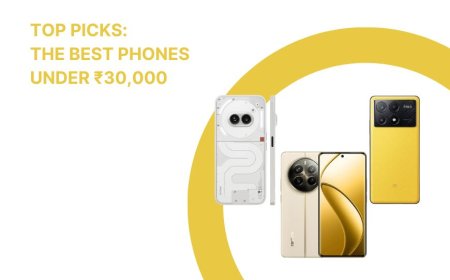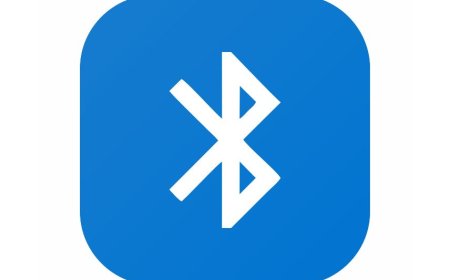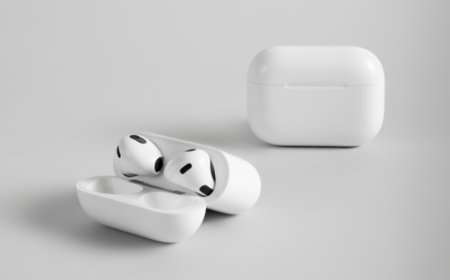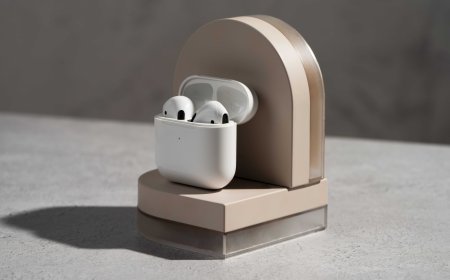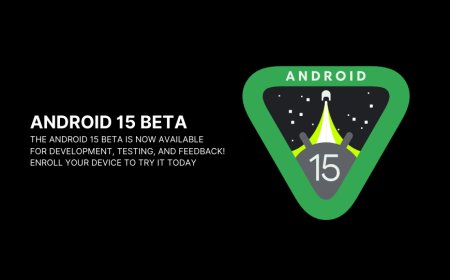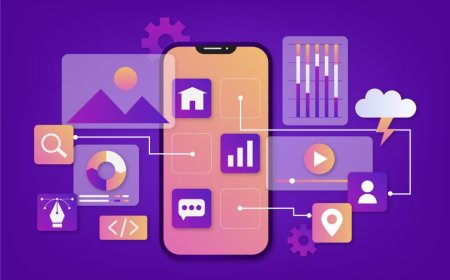The Evolution of UI/UX Design in Software Engineering
Examine the transition from complicated instructions to user-friendly interfaces and the fascinating developments that lie ahead for software interaction.
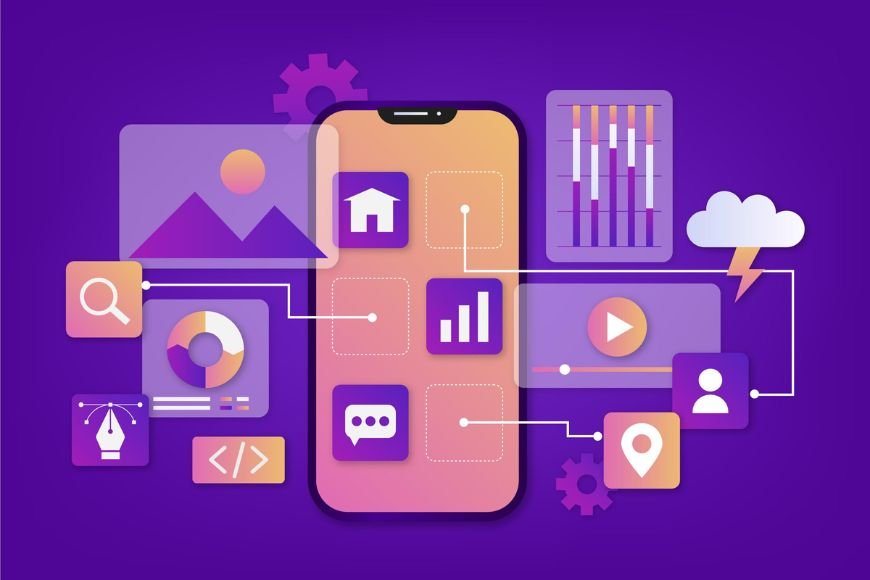
In the ever-evolving world of software engineering, the role of UI/UX design has become paramount. UI (User Interface) and UX (User Experience) design work hand-in-hand to create not just functional software, but intuitive and engaging experiences that cater to the user's needs. This blog delves into the fascinating history of UI/UX design, exploring its humble beginnings, revolutionary advancements, and the exciting possibilities that lie ahead.
Introduction
Before we dive into the rich tapestry of UI/UX design evolution, let's establish its significance in software engineering. A well-designed UI serves as the bridge between a user and the software's functionalities. It ensures clarity, efficiency, and ease of use. UX design goes beyond the interface, encompassing the entire user journey. It considers user psychology, information architecture, and interaction patterns to create a seamless and satisfying experience. Simply put, good UI/UX design makes software not just powerful, but pleasurable to use.
The Early Days of UI/UX Design
The history of UI/UX design has its roots in the early days of computing, a time far removed from the intuitive interfaces we interact with today. The first significant interaction model was the Command-Line Interface (CLI). Imagine interacting with a computer by typing cryptic commands and codes; that was the reality of the 1960s and 70s. While powerful for programmers, CLIs were a nightmare for casual users, lacking any visual cues or user-friendly navigation.
The limitations of CLIs paved the way for a revolutionary advancement: the Graphical User Interface (GUI). The 1980s witnessed the rise of the Apple Macintosh and Microsoft Windows, introducing the world to a world of icons, windows, and the ever-reliable mouse. GUIs brought a visual language to computing, making it more accessible and intuitive for a wider audience. This shift marked the dawn of user-centered design principles, where the focus shifted towards catering to the needs and cognitive abilities of the user.
The Dot-Com Boom and Web Design
The late 1990s and early 2000s witnessed the transformative power of the internet. This digital revolution had a profound impact on UI/UX design, birthing the field of web design. The early days of the internet, often referred to as Web 1.0, were characterized by static websites with basic layouts and limited user interaction. However, this era laid the groundwork for the development of design principles specifically for web interfaces.
As the internet matured, web design evolved beyond static pages. The introduction of Flash technology opened doors for interactive experiences like animations and multimedia content. This era saw a focus on immersive and engaging web experiences, pushing the boundaries of what was possible online. However, Flash's limitations in terms of accessibility and performance eventually led to its decline.
The Rise of Mobile and Responsive Design
The 21st century ushered in the smartphone revolution, fundamentally changing how we interact with technology. Mobile devices presented unique challenges for UI/UX designers. Limited screen sizes demanded a shift from the one-size-fits-all approach to responsive design. This design philosophy ensures that websites and applications adapt their layout and functionality based on the device being used, providing an optimal experience on desktops, tablets, and smartphones alike.
Touchscreen interfaces also necessitated a complete overhaul of traditional interaction methods. Gesture-based navigation became the norm, with intuitive swipes, taps, and pinches replacing the precision of the mouse. UI/UX design needed to cater to these new forms of interaction, ensuring smooth and intuitive experiences on mobile devices.
Modern UI/UX Trends
The world of UI/UX design is constantly evolving, with new trends shaping the way we interact with software. Flat design, characterized by clean lines, minimalist aesthetics, and vibrant colors, has become a prominent trend. Material design, pioneered by Google, emphasizes depth and tactile elements, creating a more realistic and engaging user experience.
Animation and micro-interactions are also playing an increasingly important role in UI/UX design. These subtle animations add a layer of polish and delight, making software interactions feel more fluid and responsive. The rise of voice user interfaces (VUIs) and conversational UIs signifies a paradigm shift in human-computer interaction. Imagine interacting with software through natural language commands! These technologies are still in their early stages but hold immense potential for the future.
The Role of User Research and Testing
The evolution of UI/UX design has been heavily influenced by the development of user research methodologies. Gone are the days when design decisions were based on mere speculation. Today, designers employ various research methods, including surveys, interviews, usability testing, and A/B testing, to gain a deep understanding of user needs, behaviors, and pain points.
This user-centric approach ensures that designs are not just aesthetically pleasing, but also truly functional and meet the user's expectations. A/B testing allows designers to compare different design variations and see which one performs better with real users. This iterative design process allows for continuous improvement and refinement, leading to truly exceptional user experiences.
Another crucial aspect of modern UI/UX design is accessibility and inclusive design. The goal is to create interfaces that can be used by everyone, regardless of their abilities. This includes considerations for users with visual impairments, motor disabilities, and cognitive differences. Accessible design not only ensures a positive experience for a wider user base but also reflects a commitment to social responsibility.
The Future of UI/UX Design
As we peer into the crystal ball of the future, the landscape of UI/UX design promises exciting possibilities. Artificial intelligence (AI) is poised to play a transformative role. Imagine AI-powered interfaces that can learn user preferences and personalize the experience in real-time. AI-powered chatbots can provide users with intelligent assistance and guidance within the software itself.
However, with these advancements come ethical considerations. Privacy concerns surrounding user data collection and the potential for AI bias in design decisions need to be addressed. UI/UX designers of the future will need to navigate this complex ethical landscape, ensuring that these powerful technologies are used for good and create experiences that are not only innovative but also responsible.
Conclusion
The evolution of UI/UX design is a fascinating testament to human ingenuity and our constant desire to improve how we interact with technology. From the cryptic commands of the CLI to the voice-activated marvels of today, the journey has been remarkable. UI/UX design will continue to evolve at a rapid pace, driven by technological advancements, user research, and a focus on creating seamless and delightful experiences.
This blog post has merely scratched the surface of this vast and ever-evolving field. As users, we can appreciate the thought and effort poured into crafting the software experiences we interact with daily. As designers and developers, we can strive to push the boundaries of UI/UX design, creating interfaces that are not just functional but also beautiful, intuitive, and accessible to all. The future of UI/UX design holds immense potential, and it's an exciting time to be a part of this dynamic and ever-changing landscape.
What's Your Reaction?









